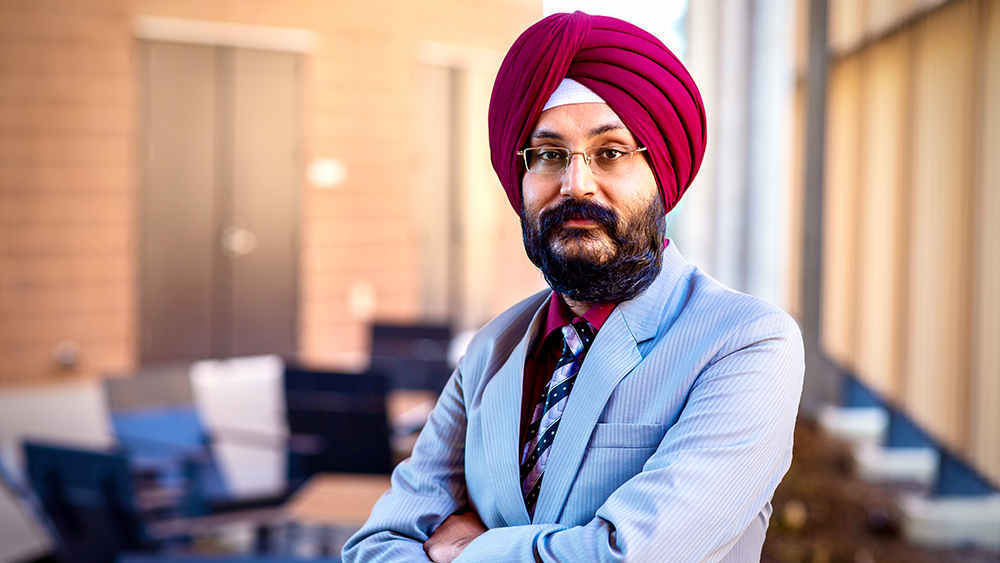
For Jaskirat Batra, the desire to pursue teaching was firmly cemented during childhood. Being a child of career educators, he was often immersed in the world of classrooms, chalkboards and textbooks. While deeply inspired by his parents, Batra’s desire was always to go beyond conventional pedagogy. As a graduate student in the Department of Materials Science and Engineering at Texas A&M University, he has established a unique style of teaching that might revolutionize how engineering courses are taught in classrooms.
Batra moved to the United States for his bachelor’s degree in engineering and then went on to obtain a master’s degree in electrical engineering from Texas A&M. During this time, he was attracted to the materials science program at Texas A&M since it offered an opportunity to expand his academic training into the field of soft polymer material development. Although the transition would mean focusing on the basic science behind materials design, he was excited about adding skills to his academic tool kit.
“I thought that it was the perfect place for me to combine my academic training in engineering science and electrical engineering with my research interests in micro and nanofabrication and soft polymers,” said Batra. “I couldn’t wait to jump in and begin my own research project.”
Batra began working on his research project, attending classes and taking exams. However, the turning point of his doctoral years came when he was recruited to teach an introductory engineering course to undergraduate students. During this time, he grew increasingly dissatisfied with the standard slides-based method, particularly because slides, which are 2D surfaces, were used to display complex 3D concepts.
“I knew there has to be a better way to help students visualize in 3D,” said Batra. “I found myself digging deep to develop an instructional strategy that would really help my students to learn and enjoy the process while at it.”
Batra had an out-of-the-box idea of incorporating virtual reality as a visualization tool for lecture materials. He started to use 3D cardboard goggles to monitor student motivation when materials science concepts were being taught. The results of his study, recently published as a part of the Institute of Electrical and Electronics Engineer’s Frontiers in Education Conference, uncovered that when a slides-based lecture was supplemented with virtual reality, the motivation increased in 77% of the students.
“We think that virtual reality can play a more important role in classrooms and how we approach teaching STEM courses,” said Batra. “Moreover, low-cost, virtual reality cardboard viewers are a feasible and a scalable way to capture students' attention.”
While juggling teaching and research can be extremely daunting to most students in graduate school, Batra said he might have found himself an ideal solution that integrates these two worlds, and he is deeply committed to this project.
“As an academic, I always remember what my parents taught me about the power of a pen in shaping the society, and the influence of a teacher on the future generations of teachers, scientists, engineers, thinkers and policy-makers,” said Batra. “In addition to being an educator, in the future I would love to have my own research laboratory where I can engage future generations of scientists in making discoveries and solving problems.”
Batra has several recognitions to his credit. He has been awarded the Teaching-as-Research Fellowship of the Center for the Integration of Research, Teaching and Learning to conduct his research on the use of virtual reality in materials science education. Further, he has received the 2020 IEEE New Faculty Fellow award for this research. He has also been awarded a $4000 Diversity Matters research seed grant to investigate the social learning experiences of underrepresented and first-generation engineering students in online STEM courses. As a graduate student, he initiated the Aggies in Science, Technology and Engineering Policy organization, which offers students a taste of science policy, science communication and leadership.